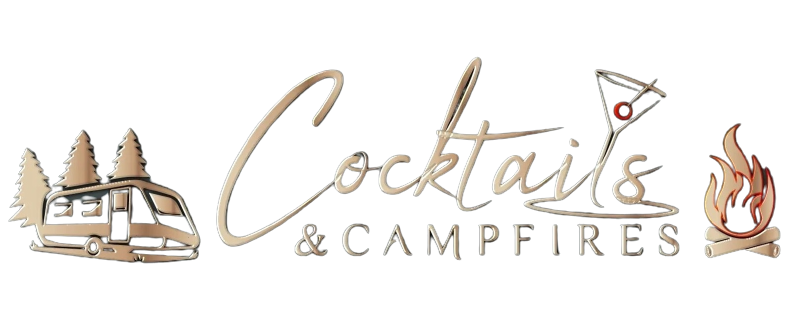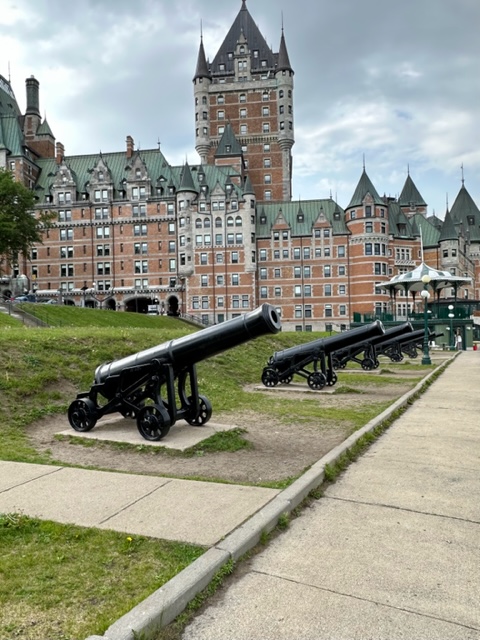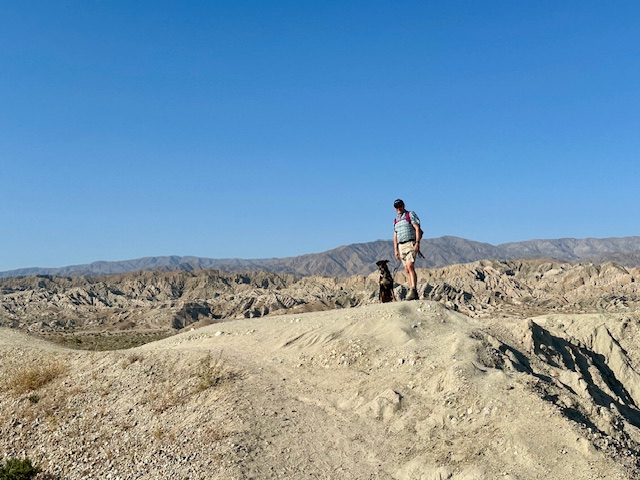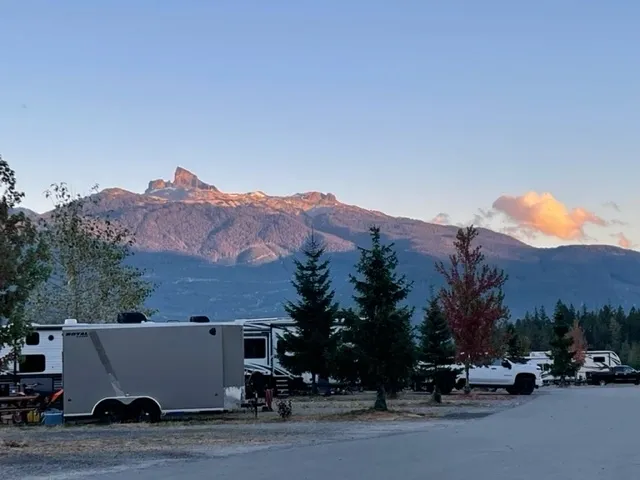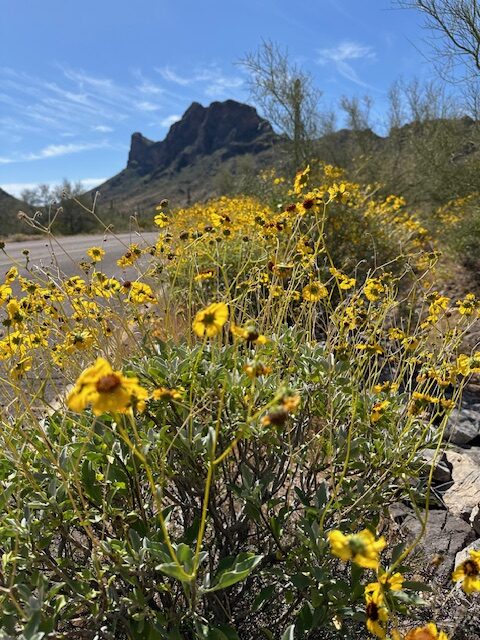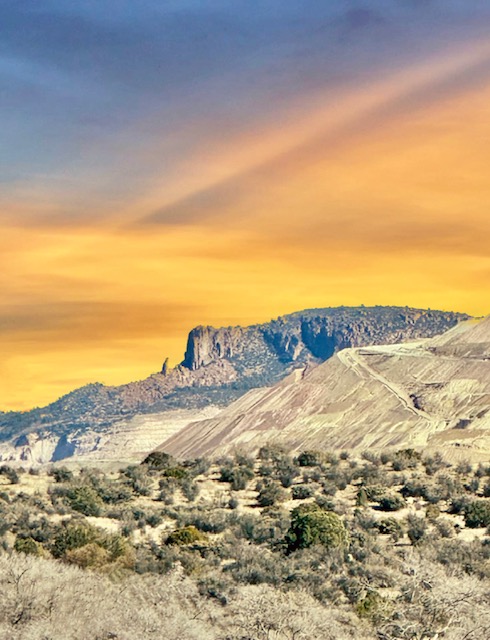As it was Derek’s birthday on the 10th, so we decided to leave our RV in the campsite, cash in our rewards points and spend a couple of nights in a hotel in Québec City, the capital city of Québec, so we could celebrate in style. Quebec City was over an hour away from our campsite Camping Pointe-Aux-Oies.
Our first day in the city and we wandered around the Old part of town. Behind us was the imposing Citadelle of Québec with several cannons pointing out over the water. In front of us the the site of the towering Château Frontenac Hotel. Québec City was founded by French Explorer Samuel de Champlain in 1608. It sits on the Saint Lawrence River in Canada’s mostly French speaking Québec province. It has a fortified colonial core, Vieux-Québec (old Quebec) and Place Royale (market square), with beautiful stone buildings and narrow streets. The Petit Champlain district’s cobblestone streets were lined with bistros and boutiques. We loved its distinct European feeling. We found a restaurant that with an outdoor patio, which we needed as we had Jax with us. Prices were exceptionally high so we settled for a burger ($26) as at that point we were tired and hungry. Jax was served water by the waiter in a raised silver dish.
Québec City is home to the earliest known French settlement in North America, Fort Charlesbourg Royal, established in 1541 by explorer Jacques Cartier. The City has a stone wall that surrounds the western end of Old Quebec’s Upper Town. The rampart built in the 17th century has undergone a succession of modifications and improvements throughout its history. The city walls extend 4.6 kilometres with the southern portions forming a part of the Citadelle of Quebec.
The Best Western Aristocrate hotel where we were staying, had views of a couple of the bridges we had driven over to get to Quebec City. Of these bridges, the Québec Bridge is considered a masterpiece of engineering. It has a suspended span 1801’ stretching between the two pylons and is the longest cantilever bridge in the world. The bridge crosses over the St. Lawrence River, connecting Québec City and Lévis. It has an interesting history. In 1907, while the bridge was being built, workmen were having trouble aligning parts of the structure and noticed that several chords had started to bend. Part of the bridge subsequently collapsed onto the bank and into the river itself, resulting in the death of 75 workmen. In 1908, the Canadian government took control of the project and improved upon the design by developing the new K system of web bracing, deemed sturdier, more elegant and easier to build. Nine years later tragedy struck again when the central span collapsed causing the death of 13 men another 14 injured. The cause was determined to be a defective beam. In 1917, a new central span was successfully installed and considered of such international significance it was officially inaugurated by the the future Edward VIII of England in 1919. Alongside the Quebec bridge stands the Pierre-Laporte Bridge, the longest suspension bridge in Canada open to vehicle traffic. It took four years to build and was completed in 1970. Its deck is attached to two cables measuring over 23.6” in diameter. Each comprises over 12 500 steel wires which, if placed end to end, would circle three quarters of the way around the Earth.
The following day, Derek went to buy an Electric guitar for his birthday and dropped me and Jax off at the Plains of Abraham. The Plains of Abraham was a large park is a historic area within the Battlefields park. I wandered around there and along other streets until I came across the Parliament building. what amazing architecture, I would have loved to do a tour of the inside. The building was designed by Eugène-Étienne Taché after the previous Parliament building burnt down in 1833. Built in the Second Empire style, the building reaffirmed the historic ties between Québec and France. Québec’s coat of arms is carved above the main entrance with the province’s motto: Je me souviens (I remember.) 26 statues have been added on the façade representing explorers, missionaries, founders, governors, and politicians from the days of French and English rule. To honour the First Nations peoples who lived on the land before the Europeans arrived, there is a sculpture of the Fisherman with Spear fountain and a statue called A Halt in the Forest in front of the main entrance.
This imposing building has four wings, each around 330 ft in length, which surround a courtyard. Inside parliament there is the Assembly Chamber (known as the “Salon bleu,” the Blue Hall) where members of the national assembly meet, and the Legislative Council Chamber (known as the “Salon rouge,” or the Red Hall), which is reserved for ceremonial occasions. Both are reached via a huge staircase beneath the centre tower. Works of art, stained-glass windows, and portraits of all Québec premiers decorate the interior. Offices and workrooms take up the rest of the building, along with Le Parlementaire, a chic restaurant. A majestic fountain, called Fontaine de Tourny which is adorned with numerous figures and boasts 43 water jets, stands in front of the Parliament Building.
I couldn’t get enough of this beautiful city. Quebec City. A place we will certainly return to, with so much more to discover.
We return to our campsite in Montmagny for a couple of nights. Montmagny is on the south shore of the St Lawrence river, which was so large it looked like the ocean. The city of Montmagny is parted by the South River (Rivière du Sud), where a smaller river, Bras-Saint-Nicolas, merges into it. The confluence of waters swells into a set of falls, leading to discharge into the Saint Lawrence a short distance west of the city. Off to the side of the campground was a lovely walkway through le parc des Migrations leading to the Montmagny Basin and Falls popular for fishing. Approximately 50% of all black sturgeon consumed in the world are caught in Montmagny.
During the spring, this area which is considered Canada’s Snow Goose Capital is filled with Snow Geese who make a stopover before continuing their trip to the Arctic. This migratory cycle comes back in the autumn. . The campground had a giant snow goose next to their campground sign.
The Rivière Bras Saint-Nicolas Railway Bridge, built in 1914 was just down the road to the campground. In January 2007, a Canadian National freight train derailed 24 cars from this bridge. Four of the derailed cars contained sulphuric acid. Luckily, there were no injuries and no dangerous goods released. What’s interesting is how sections of the railway bridge were replaced with minimal disruptions to operations. What I found interesting was that Western Mechanical’s Millwright Division developed a unique method of Rapid Bridge Replacement by “launching” each bridge span using an overhead gantry crane system. Using this method they were able to replace each span on the bridge in Montmagny in less than 3.5 hours. The speed of the method used, allows for the replacement of bridge spans within strict railroad time blocks without obstructions to the train schedules and provides tremendous cost savings compared to alternative installation methods.
